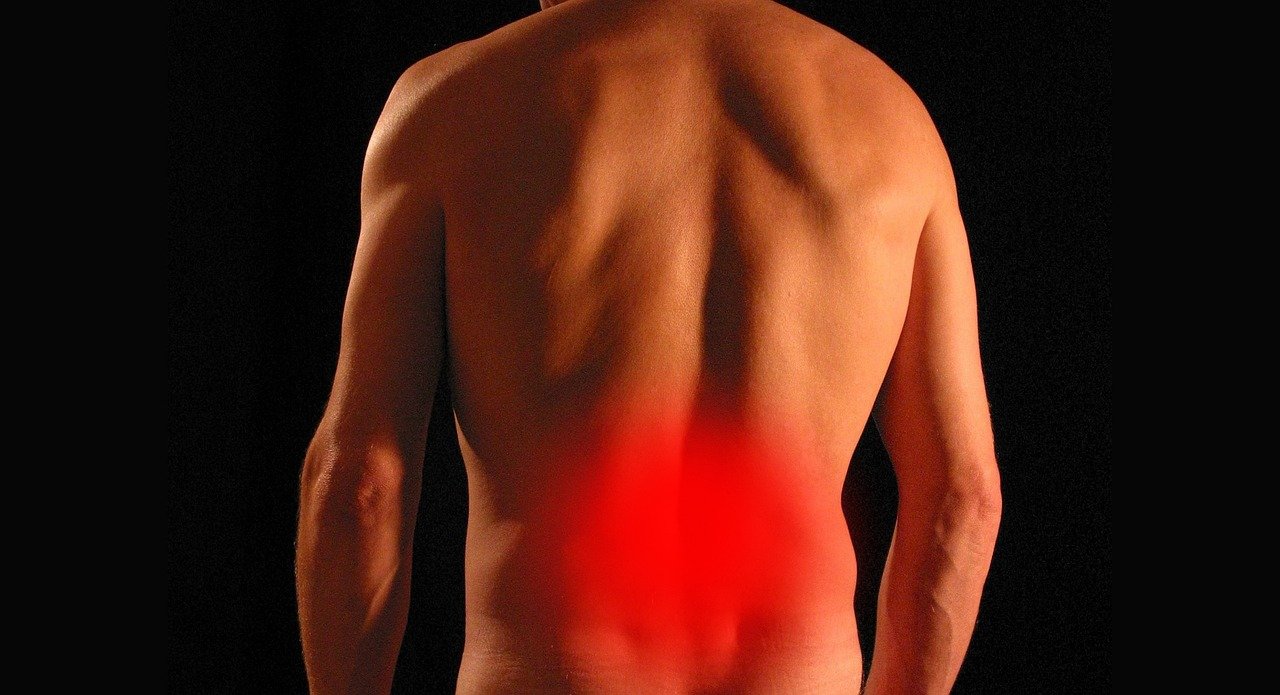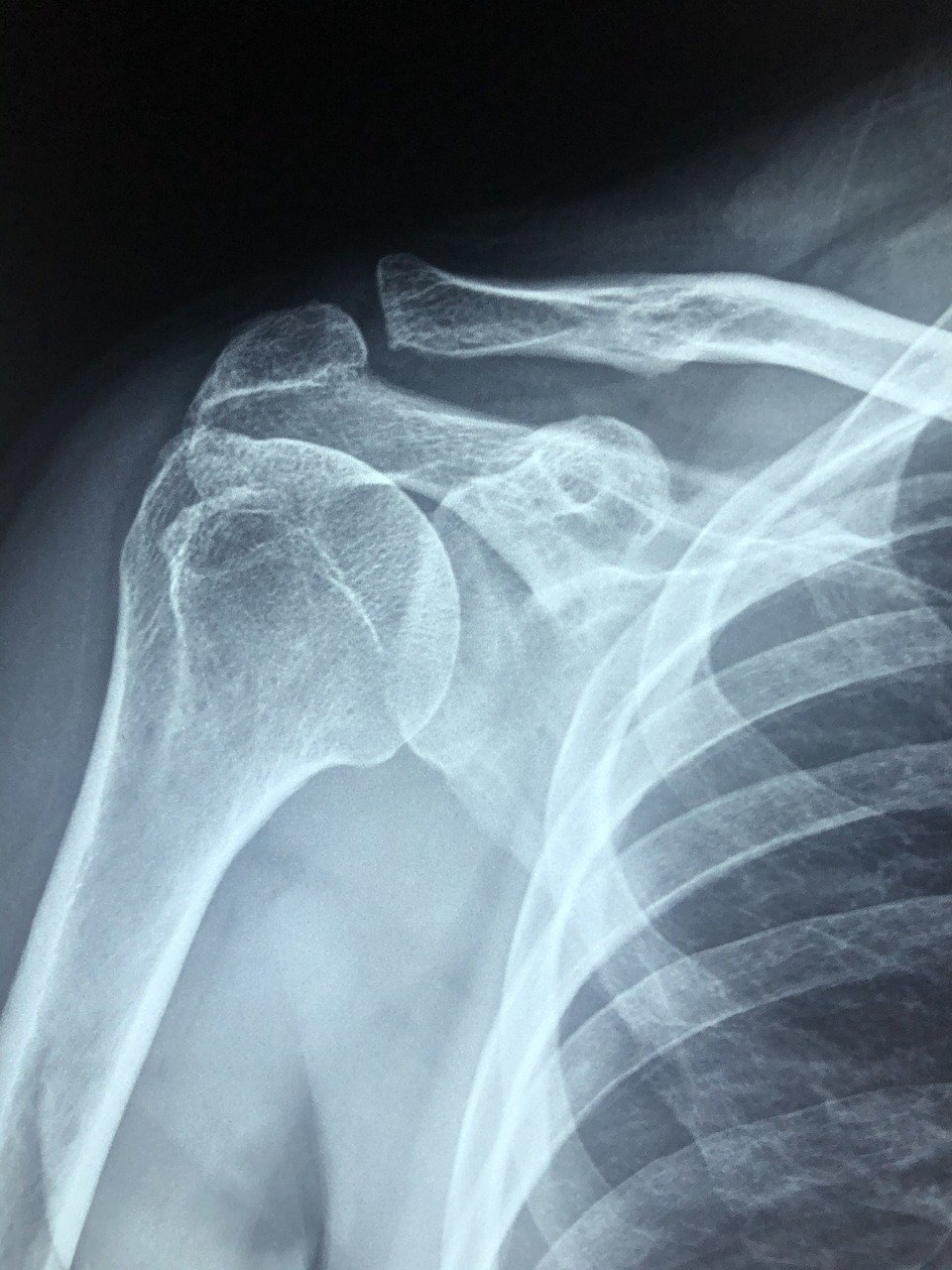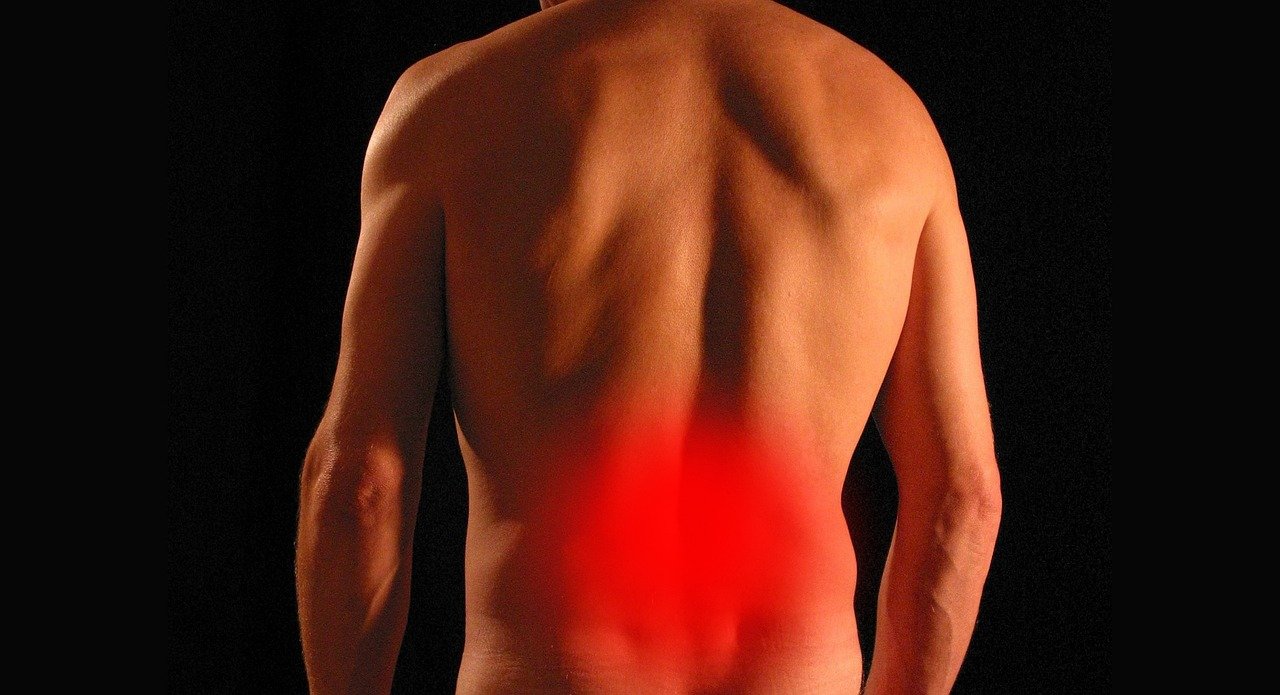
If you’re dealing with a rotator cuff injury, finding the right sleep position can make all the difference in your recovery. The best sleep position for a rotator cuff injury is on your back, with a pillow or rolled-up towel tucked under your armpit and supporting your injured shoulder. This keeps your arm in a neutral position and reduces pressure on the affected area, allowing your shoulder to rest and heal throughout the night. By adopting this position, you’ll wake up feeling more refreshed and give your rotator cuff the best chance to mend.

Importance of Sleep Position for Rotator Cuff Injury
Sleep position plays a crucial role in managing and improving rotator cuff injuries. The way you position your shoulder during sleep can either alleviate or exacerbate the pain and discomfort associated with the condition. By understanding the effect of sleep position on shoulder pain and implementing the recommended sleep positions, you can prevent further aggravation, promote healing, and expedite your recovery process.
Effect of Sleep Position on Shoulder Pain
The position in which you sleep can have a significant impact on the level of shoulder pain experienced during the night and upon waking up. Certain sleep positions can compress the rotator cuff tendons, causing increased discomfort and even potentially aggravating the injury. On the other hand, adopting proper sleep positions can minimize pressure on the affected shoulder, relieve pain, and allow for better blood circulation, facilitating the healing process.
Preventing Further Aggravation
When you have a rotator cuff injury, it is crucial to avoid sleep positions that put excessive strain on the affected shoulder. These positions can further irritate the area, worsen your symptoms, and prolong your recovery. By consciously choosing to sleep in positions that promote proper alignment and reduce stress on the injured shoulder, you can prevent further aggravation and provide the necessary conditions for healing.
Promoting Healing and Recovery
By adopting the recommended sleep positions, you can actively support the healing and recovery of your rotator cuff injury. Proper sleep positions minimize pressure on the affected shoulder and facilitate better blood flow, which brings essential nutrients and oxygen to the injured tissues. Additionally, the right sleep positions can help prevent stiffness and maintain a better range of motion in the shoulder joint.
Recommended Sleep Positions
Sleeping on the Back
Sleeping on your back is generally considered the best sleep position for individuals with a rotator cuff injury. This position allows for proper alignment of the shoulder joint, reducing strain on the affected area. To further enhance the benefits, you can place a small pillow or a towel roll under the injured shoulder for additional support and elevation. This helps maintain a neutral position and prevents excessive stress on the rotator cuff tendons.
Sleeping on the Unaffected Side
If sleeping on your back is uncomfortable or not feasible, sleeping on the unaffected side can be another suitable option. By sleeping on the side opposite to the injured shoulder, you minimize pressure on the affected area, allowing for a more restful sleep. To support the affected arm, you can use a pillow or a rolled-up towel placed between your body and the arm. This helps reduce strain on the injured shoulder and prevents unnecessary movement during sleep.
Sleeping in a Reclined Position
For some individuals, sleeping in a reclined position can provide relief and promote healing of a rotator cuff injury. By elevating the upper body, you minimize stress on the shoulder joint and decrease the risk of compression on the injured tendons. Using an adjustable bed or strategically placing pillows to elevate your upper body can help maintain this position throughout the night. Experiment with different reclined angles to find the most comfortable and supportive position for your shoulder.

Avoided Sleep Positions
Sleeping on the Affected Shoulder
Sleeping directly on the affected shoulder should be avoided as it can put excessive strain and pressure on the injured area, aggravating the symptoms. This sleep position can further compress the rotator cuff tendons, leading to increased pain, stiffness, and potential damage to the already weakened tissues. It is essential to prioritize the healing process by staying away from positions that could hinder your recovery.
Sleeping on the Stomach
Sleeping on your stomach can place your shoulder in an unnatural and potentially harmful position, leading to increased strain on the rotator cuff tendons. This sleep position twists the shoulder, causing additional stress and discomfort, particularly if you try to turn your head to one side. To avoid worsening your rotator cuff injury, it is recommended to steer clear of sleeping on your stomach.
Sleeping with the Arm Overhead
Sleeping with your arm overhead might seem comfortable initially, but it can have adverse effects on a rotator cuff injury. This position puts the shoulder joint in an unstable position, causing strain on the injured tendons and potentially worsening the pain. It is crucial to keep your arm comfortably positioned at your side or supported when sleeping to ensure optimal healing conditions.
Sleeping on the Back
Benefits for Rotator Cuff Injury
Sleeping on your back provides several benefits for individuals with a rotator cuff injury. This position promotes proper alignment of the shoulder joint, allowing for a more neutral and relaxed position during sleep. It reduces strain and pressure on the injured area, providing relief from pain and discomfort. By keeping your back flat against the mattress, you minimize the risk of twisting or rotating your shoulder, optimizing the healing process.
Proper Alignment of the Shoulder
When sleeping on your back, the weight of your body is evenly distributed, ensuring proper alignment of the shoulder joint. This alignment reduces the strain on the rotator cuff tendons, allowing them to heal without added stress. It also minimizes the risk of impingement, a condition where the tendons are pinched between bones, causing pain and limiting range of motion.
Additional Support with a Pillow or Towel Roll
To enhance the benefits of sleeping on your back, you can use a small pillow or a towel roll to provide additional support and elevation to the affected shoulder. Placing the pillow or towel roll under the injured shoulder helps maintain a neutral position, reducing strain and preventing unnecessary compression of the rotator cuff tendons. Experiment with different pillow sizes and positions to find the most comfortable and supportive option for your specific injury.

Sleeping on the Unaffected Side
Benefits for Rotator Cuff Injury
Sleeping on the unaffected side is an alternative sleep position that can help alleviate shoulder pain and facilitate the healing process of a rotator cuff injury. By sleeping on the side opposite to the injured shoulder, you reduce pressure on the affected area, allowing for a more comfortable sleep. This position helps maintain proper alignment of the shoulder joint and prevents excessive strain on the weakened tendons.
Reduced Pressure on the Affected Shoulder
Sleeping on the unaffected side minimizes direct pressure on the injured shoulder, providing relief from pain and discomfort. By reducing the load-bearing on the affected area, you create a conducive environment for healing and recovery. It is important to ensure that your body weight is evenly distributed and supported, utilizing a pillow or folded blanket placed between your body and the injured arm.
Supporting the Affected Arm with a Pillow
To further enhance the benefits of sleeping on the unaffected side, you can use a pillow to support the affected arm. Placing a pillow or a rolled-up towel between your body and the arm helps prevent unnecessary movement and ensures that your shoulder remains in a stable and aligned position. This additional support reduces strain on the injured tendons and allows for a more restful sleep.
Sleeping in a Reclined Position
Benefits for Rotator Cuff Injury
Sleeping in a reclined position can be a viable alternative for individuals who find it difficult to sleep on their back or unaffected side. This position helps minimize stress on the shoulder joint and can alleviate discomfort associated with a rotator cuff injury. By elevating the upper body, you reduce the risk of compression on the injured tendons and promote better blood circulation to the affected area.
Minimizing Stress on the Shoulder Joint
Sleeping in a reclined position reduces stress on the shoulder joint by allowing gravity to work in your favor. The elevated upper body position takes some of the pressure off the injured shoulder, relieving pain and promoting a more comfortable sleep. By minimizing stress on the shoulder joint, you provide a supportive environment for healing and reduce the risk of further aggravation.
Using Adjustable Bed or Pillows for Elevation
To sleep in a reclined position, you can utilize an adjustable bed or strategically place pillows to achieve the desired elevation. Adjustable beds allow you to find the perfect angle that provides optimal support and comfort for your shoulder. If an adjustable bed is not available, you can experiment with different pillow arrangements to find the most suitable position for your specific injury. The goal is to have your upper body elevated while ensuring a comfortable and stable sleep surface.
Adjusting Pillow and Mattress
Choosing the Right Pillow for Shoulder Support
In addition to adopting the recommended sleep positions, it is important to choose the right pillow for optimal shoulder support. A pillow that is too soft may not provide sufficient support, leading to strain on the injured shoulder. On the other hand, a pillow that is too firm can create unnecessary pressure points, exacerbating pain and discomfort. Look for a pillow that adequately supports your head and neck while keeping your shoulder properly aligned.
Selecting a Suitable Mattress Firmness
The firmness of your mattress can also impact the comfort and support provided to your injured shoulder. A mattress that is too firm may not contour to the natural curves of your body, potentially creating pressure points on the shoulder. Conversely, a mattress that is too soft can cause your body to sink in, leading to poor spinal alignment and increased strain on the injured area. Find a mattress that offers a balance of support and comfort, ensuring proper alignment of your spine and shoulder.
Using Additional Cushioning or Supports
Depending on the severity of your rotator cuff injury, you may benefit from using additional cushioning or supports to optimize your sleep position. This can include placing a pillow between your legs to alleviate stress on your lower back, or using a body pillow to provide full-body support and maintain a neutral spine position. Experiment with different types of cushions or supports to find what works best for you and your specific injury.
Tips for Comfortable Sleep
Using Heat or Ice Therapy before Bedtime
Applying heat or ice therapy to your injured shoulder before bedtime can help relieve pain and promote relaxation, making it easier to fall asleep. Heat therapy helps increase blood flow, relax muscles, and reduce stiffness, while ice therapy can numb the area and reduce inflammation. Consult with your healthcare provider to determine which therapy is most suitable for your specific injury and how long to apply it for optimal results.
Maintaining a Consistent Bedtime Routine
Establishing a consistent bedtime routine can signal to your body that it is time to wind down and prepare for sleep. Incorporate relaxing activities such as reading a book or taking a warm shower before bed to promote a restful sleep. By consistently following a routine, you condition your body to recognize these cues and facilitate the transition into a peaceful sleep.
Avoiding Caffeine and Stimulating Activities before Sleep
Consuming caffeine or engaging in stimulating activities close to bedtime can interfere with your ability to fall asleep and can contribute to disturbed sleep throughout the night. Avoid consuming caffeine-containing beverages or foods, such as coffee, tea, energy drinks, and chocolate, at least a few hours before bed. Similarly, limit stimulating activities that can elevate your heart rate or stimulate your mind, such as intense exercise, watching exciting movies, or using electronic devices with bright screens.
When to Seek Medical Advice
Persistent or Worsening Pain during Sleep
If you experience persistent or worsening pain during sleep, despite adopting the recommended sleep positions, it is important to seek medical advice. This could indicate a more severe rotator cuff injury or the presence of other underlying conditions that require professional assessment and treatment. Your healthcare provider can help assess your symptoms, recommend appropriate interventions, and guide you through a personalized care plan.
Limited Range of Motion
If you notice a limited range of motion in your shoulder joint, especially upon waking up, it is essential to consult with a healthcare professional. Limited range of motion can be indicative of a more significant injury or complications that may require specific therapeutic interventions or physical therapy. Early intervention and appropriate management can help prevent further limitations and improve overall recovery outcomes.
Other Associated Symptoms
If you experience other associated symptoms alongside your shoulder pain, such as numbness, tingling, weakness, or swelling, it is important to seek medical advice promptly. These symptoms could indicate nerve impingement, joint instability, or inflammation that may require further evaluation and treatment. Your healthcare provider can conduct a thorough assessment and order necessary diagnostic tests to determine the underlying cause of your symptoms.
Conclusion
The sleep position you choose can significantly impact the management and recovery of your rotator cuff injury. By adopting the recommended sleep positions, such as sleeping on your back, sleeping on the unaffected side, or sleeping in a reclined position, you can alleviate pain, prevent further aggravation, and promote healing. It is important to focus on maintaining proper alignment of the shoulder, reducing pressure on the affected area, and using additional supports or cushioning as needed. Remember to consult with a healthcare professional if you experience persistent pain, limited range of motion, or other concerning symptoms. Ultimately, finding a sleep position that is comfortable and supportive for your specific injury is key to facilitating your recovery and achieving a good night’s sleep.





